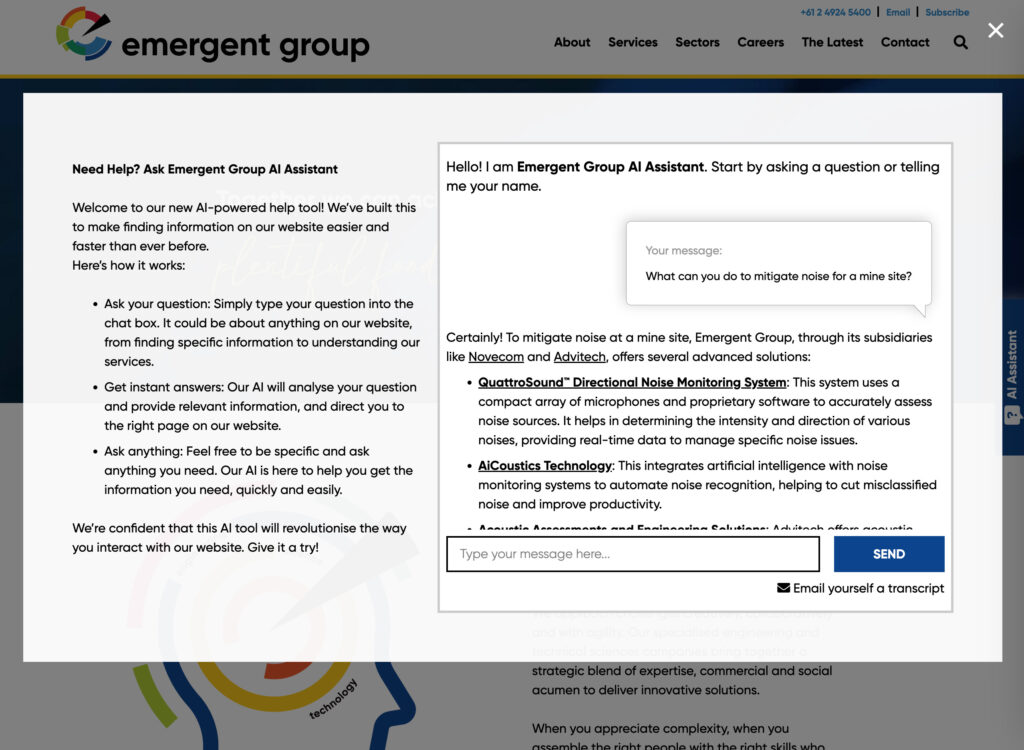I have reviewed The Content Code, and The Conversion Code, now it is time to look back over The Culture Code. The three books have no relation except for the use of the word “code” in the title and that they are all worthy reads.
Peter Drucker famously said, “culture eats strategy for breakfast”. Like many business clichés and quotes, once I scratch the surface and investigate what it means, it falls apart. I am not saying that culture is not more important than strategy, but by eating it for breakfast kind of indicates that culture destroys strategy. I had been unable to get past that and I shudder when I hear the quote used in a presentation. (Don’t get me started on the “you miss 100% of the shots you don’t take” rubbish).
Thankfully, Daniel Coyle doesn’t use this quote in his book. He does, however, demonstrate how an effective culture will get the job done more efficiently than a focus on strategy. He looks at a team-work challenge where a group of children and a group of lawyers are given a set of materials and a construction goal and see how it is more successful. The kids won. They won, Coyle says because they got in and worked together on the task while the lawyers spent time working out a strategy for constructing the spaghetti tower and who was going to play what role. The kids had a group culture with a shared goal and were not afraid to experiment and learn from their failures. The lawyers had a strategy. The whole is more effective than the sum of its parts.
The Culture Code by Daniel Coyle looks at how organisations form and maintain effective work culture in the workplace. The book has a linear flow where one principle leads to and overlaps the next. Coyle identifies three essential cultural elements that make up highly successful groups. These are safety, vulnerability, and purpose. I think it is important to highlight from the outset that what underpins each of these elements is communication.
Coyle illustrates the elements with plenty of stories from the business world and a range of operational teams. The encouraging thing about Coyle’s observations and recommendations are that they are skills that can be developed and implemented in a workplace and a project team.
Each of the three elements has a dedicated section which begins with some stories illustrating the importance and need, then goes into some chapters of how-to develop the principles in a team and ends with a chapter of ideas for practical action.
The first element is Safety. Reflecting on this section today, in light of the COVID times, it is interesting to think about how culture can be made while teams are working remotely, in their homes, where they experience often their highest relative safety. Safety is not only physical but also mental and emotional we well. A team who feels safe from harm and safe from bullying, aggressive criticism, and destructive influences within the working team, is one who has the right footing for an effective culture. It is incumbent, not only on the leader but on all team members, to be mindful of each other’s safety in all regards.
An important factor to establishing a culture of safety is enabling an environment where a listening communication is active. This is a skill that leaders, and indeed all team members, need to exercise in order to make other members of the team feel safe and welcome to contribute. People need to feel safe and encouraged to contribute. Practising listening is key to developing an effective culture with associated eye contact, body contact, and not interrupting. Part of effective listening and empathy leads into the second element of The Culture Code: vulnerability.
The second element is vulnerability. Working team culture is enhanced when participants, particularly leaders, feel comfortable in communicating their vulnerabilities. They can do this by admitting shortcomings when approaching tasks. Coyle details research that shows that when we share flaws it creates a path to trust. This is called the Vulnerability Loop where one person shows a vulnerability leading to others to do the same, leading to a combined effort to compliment and help. By removing competitiveness or authoritarianism, we can create an environment where vulnerabilities and weakness lead to collaboration and therefore a team-approach to a goal. Leaders can use this very powerfully by bringing a task to a team and requesting help for their own parts. This creates an environment of trust and safety, and communication is again the key skill.
A team that feels safe to communicate with others and is prepared to be open with their vulnerabilities in order to encourage collaboration can be further enhanced by Coyle’s third element: an established common purpose. A purpose can be goals, values, or a set of reasons but for a team to have an effective culture, the sum of these need to be shared and common. Coyle identifies two factors for a common or shared purpose to be effective in creating a culture. First, they have to be constantly reminded, and secondly (which helps the first) they need to be concisely expressed. Regular communication and verification of the purpose helps it become quick to mind when required but also opens the opportunity for healthy discussion or challenge should circumstances require it.
You can see from the above summary of the key elements that they are linear and communication skills run through them. The book is clearly written, well-structured and is immediately applicable to your own workplace or team. It is rare that a book can be so neatly boiled down to a short principle to lead by: listen to your team and encourage listening; be open and transparent about your capabilities and encourage your team to do the same; and establish a shared purpose toward achieving your goal.




